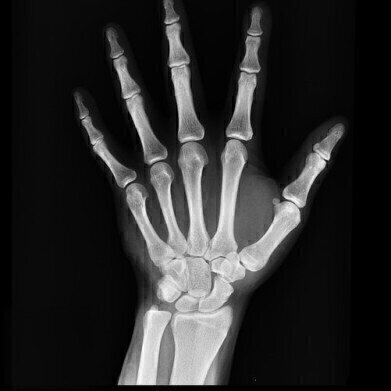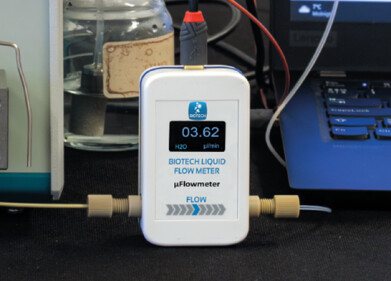HPLC, UHPLC
How Does Diabetes Affect Bone Turnover? - Chromatography Explores
May 01 2021
The number of people in the UK and globally who have diabetes is increasing. More people now have diabetes than at any point in history. In the UK alone, it is estimated that the number of people with diabetes could be as high as five million people - over one in 14 - if people do not change their lifestyle choices. And the number of premature deaths from diabetes is increasing too, with the World Health Organization estimating that there was a 5% increase in premature mortality from diabetes between 2000 and 2012.
Diabetes is a major cause of blindness, kidney failure and other conditions. But besides these well-known complications caused by diabetes, there is also an increase in the incidence of fractures amongst people with diabetes. Why this happens is not fully understood, but a recent paper presented at the Endocrine Society’s ENDO 2021 conference has hopefully taken scientists a little closer to the answer.
It’s in them old bones
The incidence of diabetes is increasing worldwide and besides the recognised complications there is also an increased risk of bone fractures with both type 1 and type 2 diabetes. Whilst type 1 diabetics may have a low bone mineral density and a six- or seven-fold increased risk of fracture, type 2 diabetics have a normal to high bone mineral density and up to a threefold increased risk of fracture.
Type 1 and type 2 diabetes may share the chronic hyperglycaemia, but the abnormal changes in body functions are different. And it is these changes which may affect bone metabolism and bone strength. Bone is constantly being replaced – this is known as bone turnover. This is the process of resorption of old bone followed by replacement with new bone.
Sugar in the blood
In the study presented at ENDO 2021 - Bone Turnover Lower Among Men With Type 2 Diabetes Mellitus, A1c Greater Than 7% - researchers analysed the data from 217 men, 71 having type 2 diabetes. The researchers used high-performance liquid chromatography to measure A1c – a measure of your average blood sugar levels over the past three months. They also used liquid chromatography/mass spectrometry to measure hormone and analysed other bone turnover markers. The use of chromatography to analyse biomolecules is discussed in the article, Advancing Effective Glycan Analysis.
The team used the A1c data to classify the participants into one of four groups based on blood sugar levels. They found that the participants in the group with an A1c value greater than 7% exhibited lower bone turnover markers than in the other groups. The authors concluded that men with type 2 diabetes and a A1c level of greater than 7% have a decreased bone turnover, whether they are on medication or not.
Digital Edition
Chromatography Today - Buyers' Guide 2022
October 2023
In This Edition Modern & Practical Applications - Accelerating ADC Development with Mass Spectrometry - Implementing High-Resolution Ion Mobility into Peptide Mapping Workflows Chromatogr...
View all digital editions
Events
ACS National Meeting - Fall 2024
Aug 18 2024 Denver, CO, USA
Sep 04 2024 Chiba, Tokyo, Japan
Sep 04 2024 University of Warwick, Coventry, UK
Sep 10 2024 Rockville, MD, USA
Plastics Recycling World Expo Europe
Sep 11 2024 Brussels, Belgium














